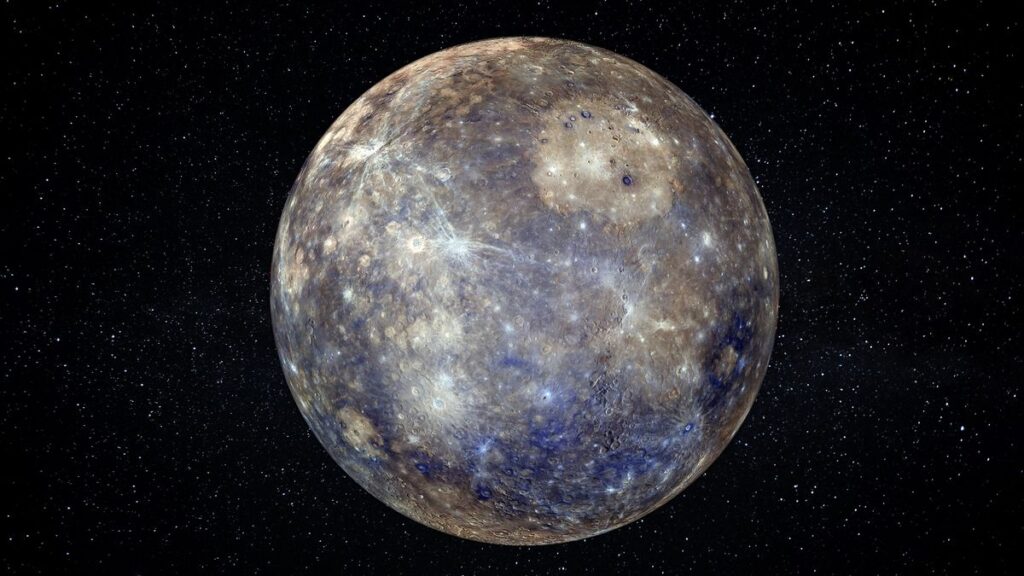Scientists have long known that there is a lot of carbon on the surface of Mercury, which is usually in the form of graphite. However, recent studies, which consisted of computer modelling and physical experiments with material samples, have shown that some of this substance can form a layer of diamonds 18 km thick.

Carbon on Mercury
Recently, scientists from China and Belgium published a study in the journal Nature Communications that suggests that a layer of diamonds up to 18 km thick may be hidden in the depths of Mercury. This conclusion is not entirely unexpected, as it is based on a number of studies carried out in recent decades.
Thanks to them, especially the research of the MESSENGER spacecraft, scientists knew that Mercury has a lot of carbon, especially in the form of graphite. It is this carbon that gives the surface of this planet its dark colour. However, in general, carbon can exist in many forms that it can take on at certain temperatures and pressures.
It is traditionally believed that the graphite we see on the surface of Mercury was formed at the very beginning of the planet’s existence. Back then, its surface was an ocean of molten magma. A layer of this carbon modification rose from it as a result of gravitational separation.
Diamonds on Mercury
In a new study, scientists have suggested that at the beginning of Mercury’s history, carbon in its depths could acquire other forms. The fact is that the models used to describe the geological history of this planet were based on the idea that the pressure in its depths was quite low. However, later studies have shown that this is not the case. In addition, sulphur was found there, and this actually changes a lot.
Scientists conducted a study that included mechanical experiments with samples that resembled the crust of Mercury and mathematical modelling. During these experiments, the artificial silicate was heated and subjected to a pressure of up to 7 GPa. According to recent studies, the pressure in the depths of the first planet from the Sun can reach 5.5 GPa.
The scientists carefully studied what their sample turned into under such hellish conditions. They found that part of it turned not into graphite but into diamond. There was very little of it, but the presence of sulphur worked as a melting agent, that is, it caused the magma ocean to become liquefied. This, in turn, facilitated phase separation.
According to the researchers, this is how an amazing layer should have appeared at a certain depth below the surface of Mercury. It would have contained carbon in the form of diamonds, and its thickness would have been between 15 and 18 km.
Impact on the magnetic field
One of the most important results of the new study is that it can explain one of the biggest mysteries of Mercury — the unexpectedly powerful magnetic field. The fact is that diamond’s high thermal conductivity contributes to a more efficient redistribution of energy inside the planet.
As a result, powerful flows of matter arise inside Mercury. They can carry a charge and thus contribute to the formation of a more powerful magnetic field.
Based on materials: phys.org

